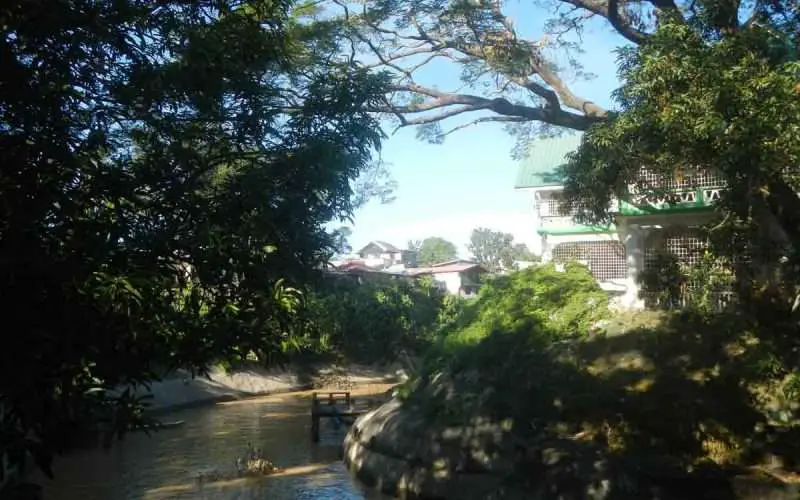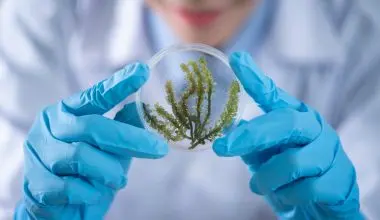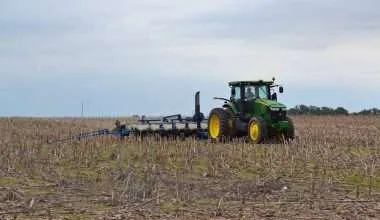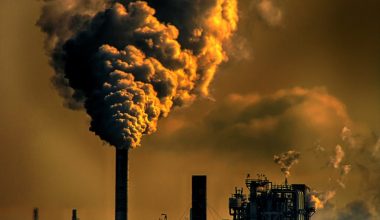Table of Contents Show
What is a Watershed?
An area of land that drains into any source of water is known as a watershed.
Gravity is a pull that brings down water from the melting of snow, rain storms, and also the different kinds of groundwater supplies up to the point that they reach the lowest possible place where all forms of water combine.
The area of the land sets a watershed boundary and figures out a way to make them meet at a certain common point.
Examples of Watersheds in the United States
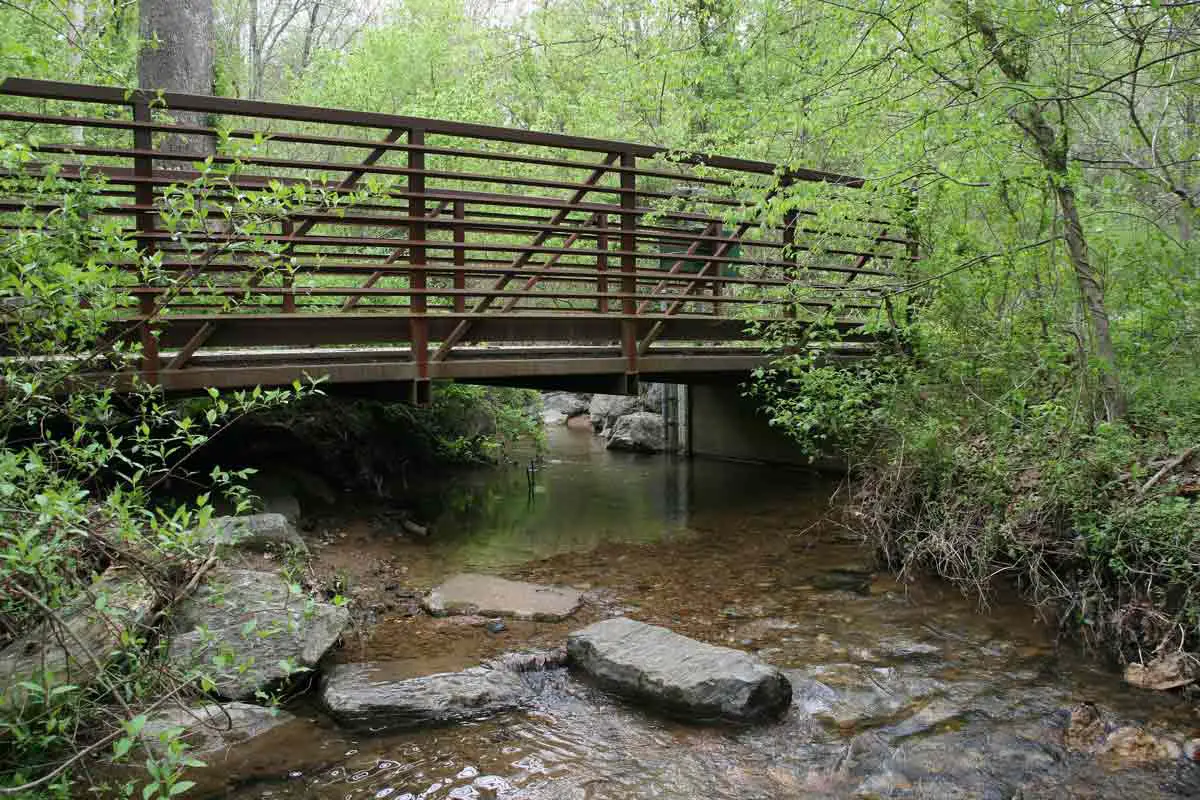
The Chesapeake Bay is the largest watershed in the United States. The Chesapeake Bay watershed is one of the very productive ones across the globe and covers about 165,759 square kilometers of land.
The entire watershed is spread over six states – Delaware, Maryland, New York, Pennsylvania, Virginia, West Virginia, and the District of Columbia.
A watershed is a vast term that is used to relate how water flows all over the land in order to reach the streams, lakes, and rivers.
All of the watersheds flow from different places and gather at one place no matter how massive the land is.
There are three other great watersheds in the United States: the Atlantic Ocean, the Pacific Ocean and the Great Basin.
Every area of land has some kind of a watershed which may be divided into smaller sub-watersheds that are further divided through a drainage divide which is usually formed by the hills and ridges. You should know that we all live on a watershed!
The lake Erie watershed which is in New York has more than 1.1 million living in it. It is managed very effectively in order to protect the water quality.
How does a watershed form?
In order to improve the water quality, it is important to understand what a watershed is and how it works.
When there is rainfall or a rainstorm, some amount of stormwater does not evaporate and is left on the surface. It then gets absorbed by the land and penetrates towards the waterbodies of a watershed and restores it.
Along its journey to the watershed, the rainwater comes in contact with a lot of pollutants, chemicals, and waste which then make their way into the waterbodies and causes water pollution.
3 Major Parts of a Watershed
1. Uplands
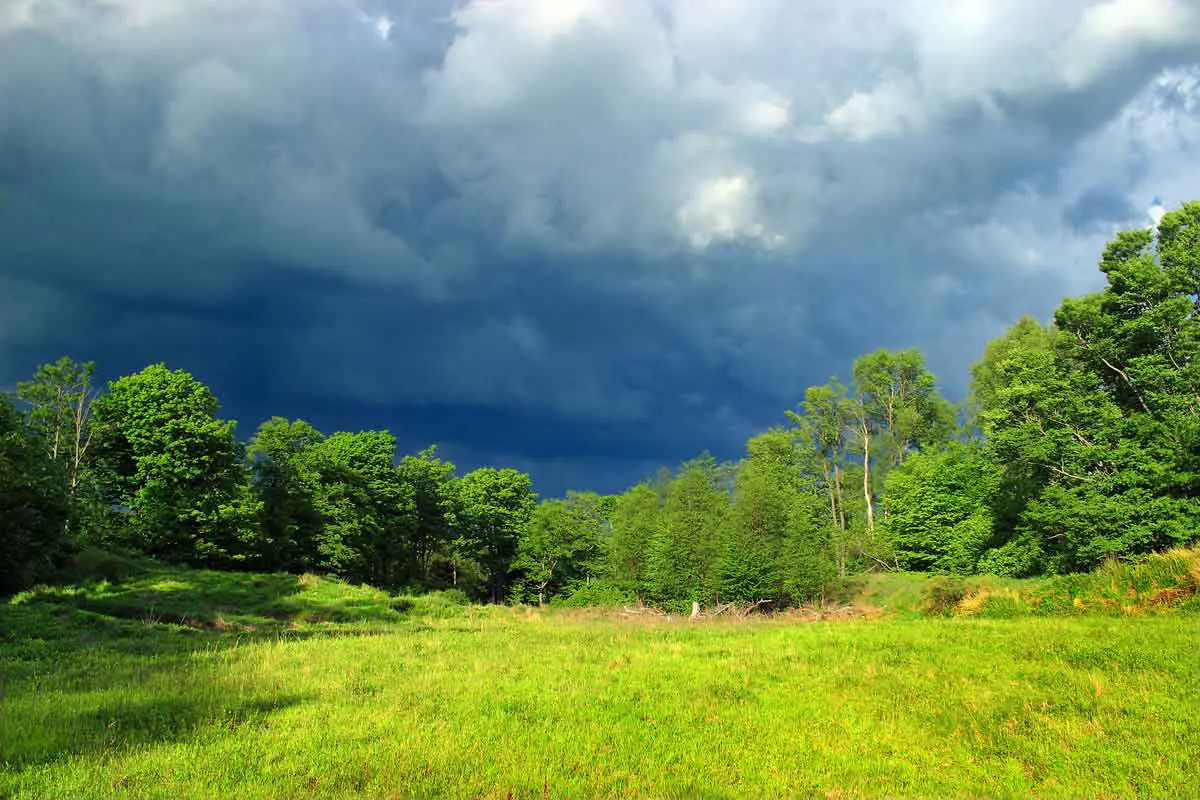
Uplands are the most dry parts of the watershed which are well-drained due to the distance they have from the main source. The channels through which the Uplands drain to the waterbodies are discrete.
Upland areas sometimes do have an importance as per their positive impact on the watersheds. The areas that are roughly textured and the soil is sandy, permit the precipitation to infiltrate, hence, they prove to be important areas where the watersheds are restored.
However, Uplands have a drawback too.
They can adversely effect the watersheds due to the land having a fine surface and soil through which penetration is not easy, hence, restoration may be difficult in that area and if it is a smaller watershed, then restoration may not even be possible.
Moreover, Uplands that have a paved surface are alarming because any form of water falling on it is easily flowed down which results in increased levels of flooding.
2. Wetlands

Saturated areas like the marshes, bogs, and wooded swamps are referred to as wetlands. They are home to the fish and wildlife in essence to important water quality functions.
A wetland is said to process like a gigantic sponge as it absorbs the flowing water, which eventually slows down the flow and temporarily store the water before letting it flow down into the groundwater reservoirs.
In this way, a wetland is able to minimise the risk of flooding which is a very good point keeping in mind the climate change and the uncalled storms taking place recently.
When the water travels slowly, it gets enough time to settle which helps it to travel smoothly, without any sediments and other pollutants, hence, the water quality is improved.
However, the positive points of wetlands go to waste when there is human interruption.
3. Groundwater

Groundwater reservoirs are a special kind of formation that can store and let go massive amounts of subsurface water. These reservoirs have their own smaller watersheds made which are named as recharge areas.
These watersheds flow into a specific direction that leads them to a decided location. It is not necessary that the boundaries of groundwater recharge areas and watersheds coincide; they can coincide, but not always.
In the recharge areas, groundwater is interconnected with the surface waterbodies. Often when the water table is deep into the ground, surface water provides it with a source of flow.
Likewise, when the water table is close to the surface, groundwater itself flows into the lakes or a river in order to maintain a stable surface level.
Why Watersheds Matter?
A local Watershed has an impact on the quality of water, whether it is drinking water or water used for other things.
There have been a constant research in order to find new and innovative sources of clean water and which is why it has been essential to keep healthy watersheds working.
Water is one of the most important natural resources which is why it needs to be protected!
If the watersheds are contaminated, it will harm the wildlife. No one wants to drink or even use polluted water that will lead to serious health problems.
There is life under water as well which is at great risk as to their habitats being destroyed because of watershed pollution.
Furthermore, there is threat of erosion too. As mentioned above, the water that travels gets contaminated with pollutants and different sediments on its way to the stream or the river.
Eventually, the land around the larger stream will become coarse-textured and erosion might take place. Wildlife living on that land will lose their habitat which is not a good sign.
In this fast-moving world, there should be developments which will help solve the problems with watersheds.
With increasing population, plants are being cut, there have been artificial changes in the topography which has its adverse effects on the drainage systems.
How to Protect the Watersheds?
When you have been well-aware of the importance of watersheds, you should work towards protecting them. There have been laws introduced by the government in order to safeguard watersheds.
The very first was the Watershed Protection and Flood Prevention Act in 1954, which was very useful as it helped with flood prevention a lot. This act was amended in 1972 in order to add some points regarding conservation and preservation.
The United Nations, the World Bank, and other related organizations like the environmental protection agency; around the world have introduced and are still bringing about steps that will help in protecting the watersheds.
Water quality monitoring programs can also be useful in terms of improving and maintaining the quality of water.
Do not think that you need government’s help in order to protect the watersheds. Although it is vital for the government to introduce watershed management planning, individual actions matter too. All you need to know is that the fewer the pollutants penetrate into the soil, the better the water quality will be.
Make a habit of recycling the things that can harm the soil; this will avoid dumping and save the watersheds. Likewise, we should avoid river- dumping as well.
We should be planting more trees and plants which will prevent erosion. For a better drainage network, switch your asphalt driveways with pavers. Try to avoid the use of fertilizers and pesticides by planting the plants who are native to the area.
